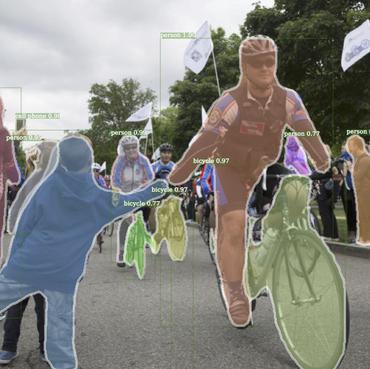Revisiting Contrastive Methods for Unsupervised Learning of Visual Representations
Contrastive self-supervised learning has outperformed supervised pretraining on many downstream tasks like segmentation and object detection. However, current methods are still primarily applied to curated datasets like ImageNet. In this paper, we first study how biases in the dataset affect existing methods. Our results show that current contrastive approaches work surprisingly well across: (i) object- versus scene-centric, (ii) uniform versus long-tailed and (iii) general versus domain-specific datasets. Second, given the generality of the approach, we try to realize further gains with minor modifications. We show that learning additional invariances -- through the use of multi-scale cropping, stronger augmentations and nearest neighbors -- improves the representations. Finally, we observe that MoCo learns spatially structured representations when trained with a multi-crop strategy. The representations can be used for semantic segment retrieval and video instance segmentation without finetuning. Moreover, the results are on par with specialized models. We hope this work will serve as a useful study for other researchers. The code and models are available at https://github.com/wvangansbeke/Revisiting-Contrastive-SSL.
PDF Abstract NeurIPS 2021 PDF NeurIPS 2021 Abstract







 CIFAR-10
CIFAR-10
 ImageNet
ImageNet
 MS COCO
MS COCO
 Cityscapes
Cityscapes
 Places
Places
 Food-101
Food-101
 BDD100K
BDD100K
 DAVIS 2017
DAVIS 2017